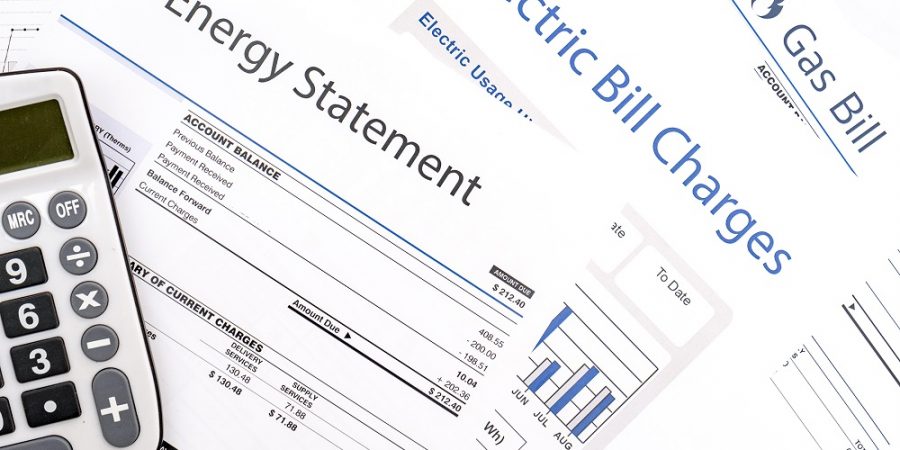
Consider for a moment the daily household habits that eat into your energy bill. Before breakfast alone, you have likely used hot water, charged your phone, turned on the TV and kicked the coffee machine or kettle into gear. Within the space of mere hours, many of us interact with several energy-using touchpoints. In the current climate, there is a strong push to reduce energy consumption and lower one’s footprint. Why should you care, and how can you regain control of this usage? From installing solar panels to changing your lightbulbs, read on to find out.
Why should I care about my energy usage?
For the general public, the continued rise of energy prices is concerning. Australian household electricity rates have steadily increased since the early 2000’s due to inflated costs across the industry – from the generators to the distributors and the retailers. Minimising your energy consumption with strategic steps is a simple way to reduce the household bill instantly and any associated stress.
The environmental impact of this excessive usage is also of great concern. Most of Australia’s electrical energy comes from burning fossil fuels, namely, coal (75%). This process contributes significantly to harmful greenhouse gas emissions, speeding up the global warming process and detrimentally impacting public health. An energy-efficient and conscious home strives to reduce its environmental footprint and promote necessary change.
Here are the top 10 ways to reduce energy usage around the home, with something for every budget and living situation.
1. Change your lighting.
Traditional light bulbs eat up electricity and fail to last. Simply switching to energy-efficient LED globes instead will save up to 80% on lighting costs. They consume less power and function for longer (between 3 -25 times), making them a win-win solution. Moreover, if you only need a small amount of light, consider using lamps above overhead lighting.
2. Install skylights.
Reduce the need to flick the switch by installing skylights in your home. Embrace natural light – which comes free of charge – to avoid additional power, particularly during daylight hours. Our MAXLIGHT® Skylight Series is one of the most advanced Australian offerings and allows the sunshine to stream through even the most restrictive inner-city homes.
3. Be smart about heating.
Heating the home during winter is another power-hungry practice; turning on the blasting warm air to heat our toes comes at great expense. In fact, 22% of energy use comes from household heating and cooling, so use it wisely. Add extra layers, a blanket or two, use door snakes. Maintain the room temperature between 18 and 21 degrees – each degree higher on an air conditioner will potentially add up to 10% on running costs.
4 Choose appliances wisely.
Thank the Energy Star rating system for making our household appliance shopping a little easier. Essentially, the more stars, the more efficient the appliance is, compared to other similar-sized models. Look for a well-rated fridge, washing machine, dryer and oven for starters. Often those with a better rating are more expensive initially, but the flow-on effects and longevity of the appliance quickly reap the benefits. On average, it costs 9-25% less to run an energy-efficient option.
5. Adjust your behaviour.
Some simple changes don’t involve manual labour, new purchases or renovations at all. Adjusting your behaviour and actions is a no-hassle way to kickstart energy efficiency. Don’t forget to turn off the lights when you leave the room. Consider whether the overhead light is necessary before flicking the switch. Try to use appliances less frequently (even the energy-efficient), particularly the clothes dryer. Turn off power points. Consider everything.
6. Purchase a smart power strip.
A smart power strip will cut power to your electronic device when not in use, reducing the “phantom load” (i.e. standby power). Approximately 75% of the energy used by a plugged-in appliance or device generates when it is turned off.
7. Make clothes washing more efficient.
Even with an Energy Star-rated washing machine and dryer, further steps will ease consumption; it’s all about your usage. Be mindful: don’t wash clothes unless they are dirty, always use the cold cycle (and for the shortest time possible), only wash when the machine is full, dry clothes outdoors when possible. Make every load count.
8. Consider your water system and usage.
Many of us use electricity to pump hot water into our homes – for showering, bathing, washing dishes, and more. 37% of our energy usage derives from this element alone. The first step is to minimise the use of hot water, particularly when it is unnecessary. Take shorter showers and turn off the tap when it isn’t needed.
9. Upgrade to energy-efficient windows, doors and roofing.
Reduce heat escaping from the home with specially-designed windows and doors that promise to hold the heat. Windows alone can account for 25% of the heating bill due to the loss of warmth. Seal any leaks and gaps as a stepping stone. Additionally, make sure your ceiling insulation is up to standard to keep you warmer in winter and cooler in summer.
10. Add solar panels.
Last but definitely not least, add solar panels. They’re environmentally friendly, energy-efficient and major cost-savers. Invest in a home upgrade that will give back and generate an annual return on investment. Let the sun be the source of your daily household energy needs.
Start with one of these ideas or shoot for all. Take control of energy bills and reduce consumption, along with your environmental footprint. Get in touch with us today to find out more about powering your home with solar energy.
Read More:
Understanding the Current Solar Energy Rebates and Grants in NSW
Solar Energy: Affordable and Clean Source Of Power
Insights on Solar Panel Efficiency










 Solarpath | Solar Path NSW GPS Directions
Solarpath | Solar Path NSW GPS Directions